Depending on where you live, a lot of us in Northern America start our winter planting by the end of February. I write out what I liked and what I want to change, what I’d like to try for the new year and then gather seeds. I seed start our veggies, flowers, and herbs in little pots to sit on our window sills and under glow lights until it’s time to put them outside. In other words, a great winter planting guide is a must and a great way to get your started thinking about what you should plant and what you have room for.
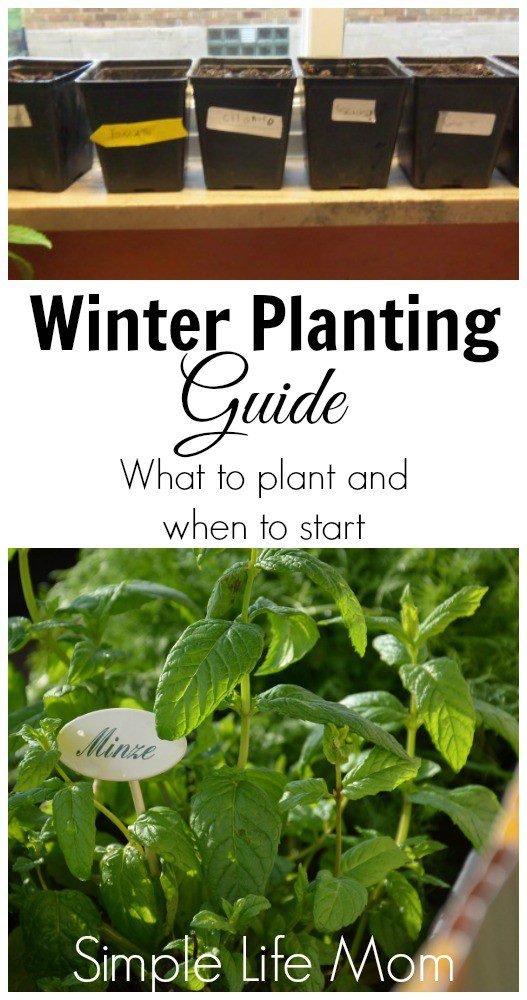
Most plants can be started indoors 8 weeks before being planted outside.
The reason you do not want to plant much earlier than this is because the root system needs space to spread out after that. I’ve gotten plants started during winter, only to not get my garden ready in time and had my plants start to suffer because they weren’t transplanted soon enough.
On the other hand, some plants are too fragile for winter planting or to start early and then transplant, and you need to wait until Spring.
Others grow super fast and also need to be planted directly into the soil. For example, I do not plant carrots, green beans, peas, or lettuce early. But I do start indoors other things that some people wait on, like cauliflower, squash, pumpkin, and watermelon because my summer season is so short and I do not have any greenhouse or cold shelter system in place.
All this should be kept in mind when using a winter planting guide. Pay attention to your seed packets if you ware just getting started.
Winter Planting Guide
Before you do any planning, find out when your last frost date is in the Spring for your area. This will help you learn when to start your seeds indoors.
#1 Make a List
What Should I Plant?
If you have limited space, only plant what you know that are going to eat.
If you never eat eggplant, then don’t plant 6 or 7 plants. If you’d like to try them out and incorporate them into your diet, then plant 1 or 2 plants, depending on your space.
If you love to use marinara sauce in your dishes, then consider planting a number of tomato plants, etc.
Make a list of things you love, things you’d like to try, and plant those. I’ve planted some things that only I like and had to give the rest away when I could not get the rest of my family to eat them.
#2 What needs to happen in the Spring
Now is when you can get a notebook and a great gardening book, like “The Vegetable Gardener’s Bible“, plan out what you’re going to do with your soil (which may change when you get out there and see what it needs), and where you’re going to plant each plant in the spring.
Soil
If you’re going to start a new garden, then you will have more work in getting your soil ready to use. Consider using a lot of natural compost and fertilizer. A soil testing kit is relatively cheap and though it doesn’t test the plethora of minerals that are in your soil or that we need to consume, it can tell you about the Ph levels and 3 basic nutrients.
If you’re using land already prepared in the Fall, then there is not too much to do except aerate the soil and give it a nice layer of compost.
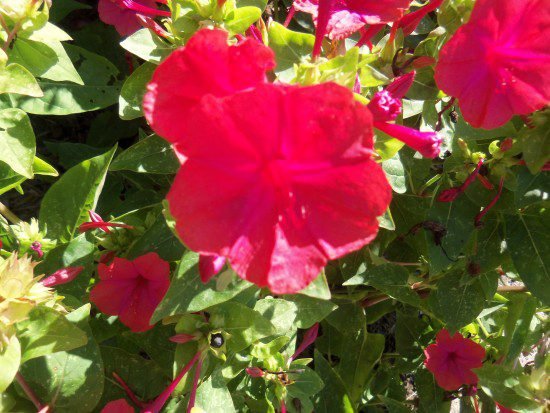
Garden Layout
If you are just starting, consider where the sun will be and plan to plant tall plants where they will not shade smaller ones, unless those are crops with shallow roots like lettuces that are quickly effected by soil that is too dry. These can use tall friends.
If you have planted in your garden before, you can use this time to consider how you will rotate your crops. Try to plant a different plant family in each spot. Think of it as each plant family using a lot of the same kinds of nutrients from the soil. If you plant them there again, those particular nutrients will become depleted. If you rotate in a plant from a different family, they will use different nutrients or nutrients at different levels and give the soil a chance to replenish itself. Though I don’t think moving my tomatoes over 5 feet will fool many bugs, there are a lot of insects that lay their eggs in the soil around their favorite plant and when those grubs hatch they just crawl up and devour your plant.
No Bugs/No Deer
A fence is always a good idea, even if you are living in a suburban area. Rabbits and ground hogs can destroy a garden faster than you can blink. If you live near woods and have a lot of deer, sometimes the only thing you can do is build a ten foot fence, which not many of us want to do. Here are some other tips for pest control once the season gets under way:
- Weeding – making sure that you stay on top of weeding is important. When weeds take control, they can bring in insects that normally would not have noticed or smelled your garden, as well as harbor diseases that will effect your plants.
- Mix it Up – don’t plant all your tomatoes together, cucumbers together, etc. A lot of bugs are drawn to certain plants. Also, if disease effects one plant, it will not immediately transfer to the plant next to it.
- Spend Time in Your Garden – In Spring, when the caterpillars hatch I will go and pick them off the broccoli and cauliflower. It doesn’t take long and it’s pretty easy to make sure you get them all. When you notice you are being over run by slugs, you have time to do something, instead of waiting for them to have more babies and eat everything by morning.
- Neem oil – Neem oil is derived from the seeds of a neem tree. It is highly effective against insects. I have read some books that say neem oil won’t effect butterflies, bees, etc. (which of course we desperately need), but others warn to spray in the evening when bees won’t be effected.
- Blood Meal – sprinkle blood meal all over your garden – on the plants, not just the soil. This will repel many insects.
- Plants that deter bugs – Marigolds are stinky enough that a lot of pests stay away from them…though not slugs (they just eat them too). Ornamental Onions, nasturtium, garlic, and a lot of herbs.
- Remember that some bugs just eat other bugs...
#3 Begin Your Seedlings
Now that you’ve figured out what you want to plant and what you can plant early, go ahead and get them started.
I don’t use the tiny little seed starting pots because I think they get dry too quickly (I don’t have the attention or time to check them 3 times a day) and you have to move them while they are still small and it’s easy to damage them. If I do buy soil (not that seed started junk that has zero nutrients), I put the bags in my basement or kitchen and get the soil warm before planting.
I use small containers I’ve collected from buying plants over the years that hold 1-2 cups of soil. I plant my tomatoes in the smallest pots since they benefit from being re-potted; burying half the stem to encourage more root growth. Other plants will stay in their original containers until they go outside.
My kids and I sit on the kitchen floor and go to town. Labeling isn’t necessary if you can recognize everything when it’s bigger, but it’s fun to know what it is when they first start peeking out of the soil.
Put the containers in a well lit area (by a window, under a light) and keep soil moist. I use lukewarm water to raise the soil temperature slightly.
All three of these steps (making a garden list, planning your Spring chores, and starting seeds) will make sure that you don’t have to go out and buy everything from scratch and spend a lot more money than you would have if you had planned ahead of time. You’ll already have little plants ready to go into your garden.


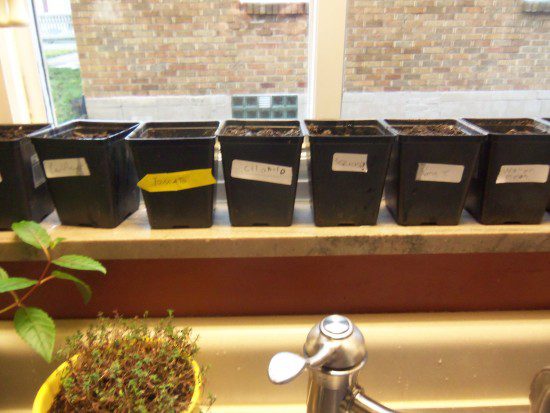
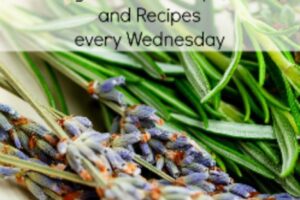

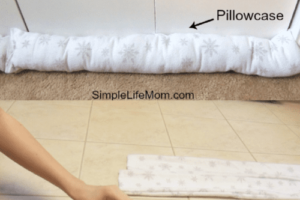
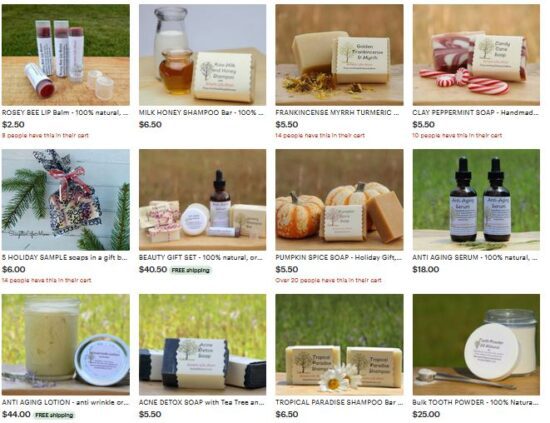
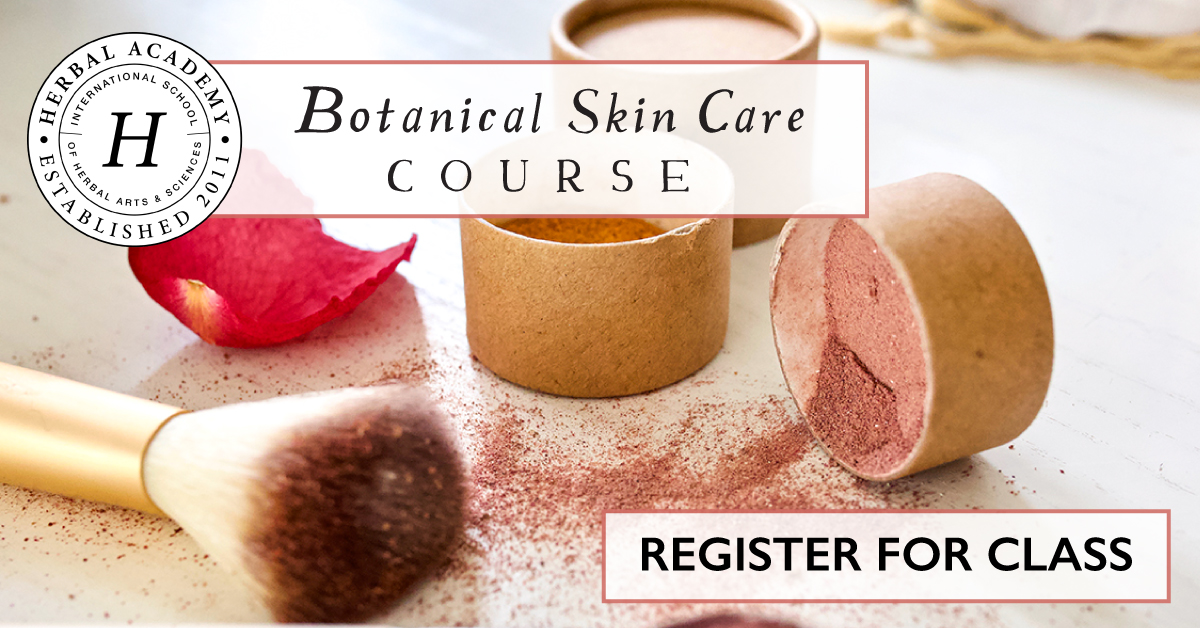
Leave a Reply
We'd love to hear your thoughts and ideas!